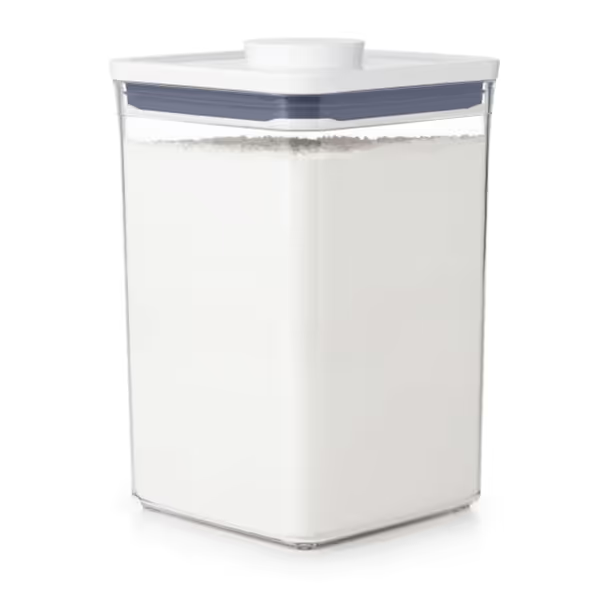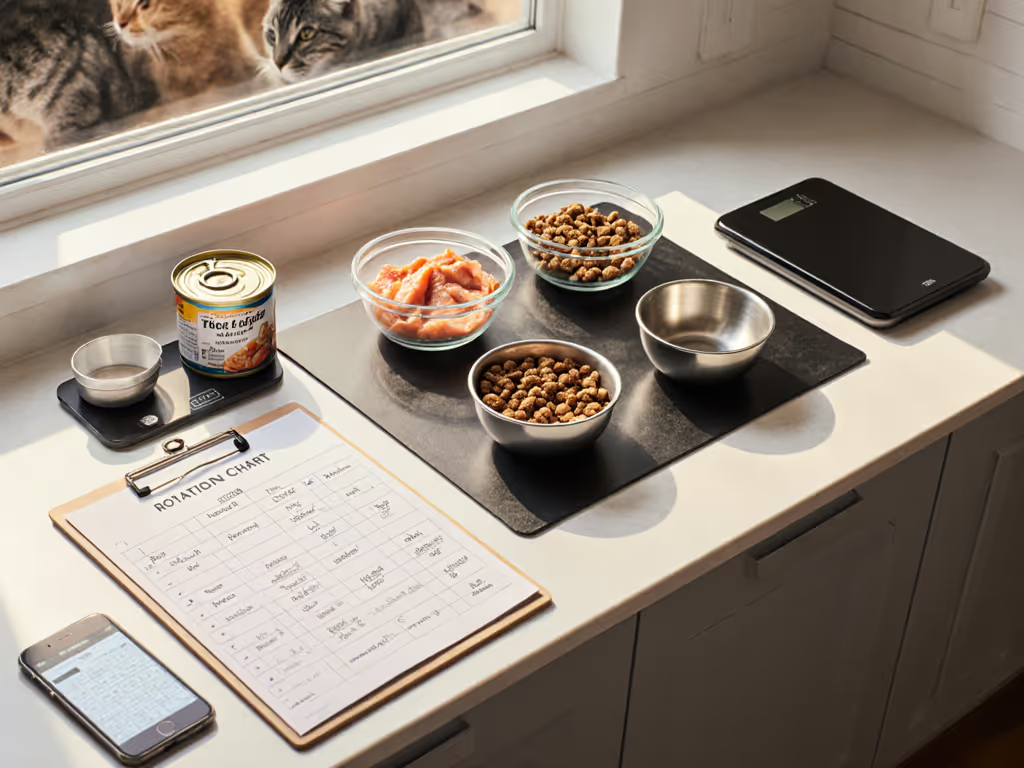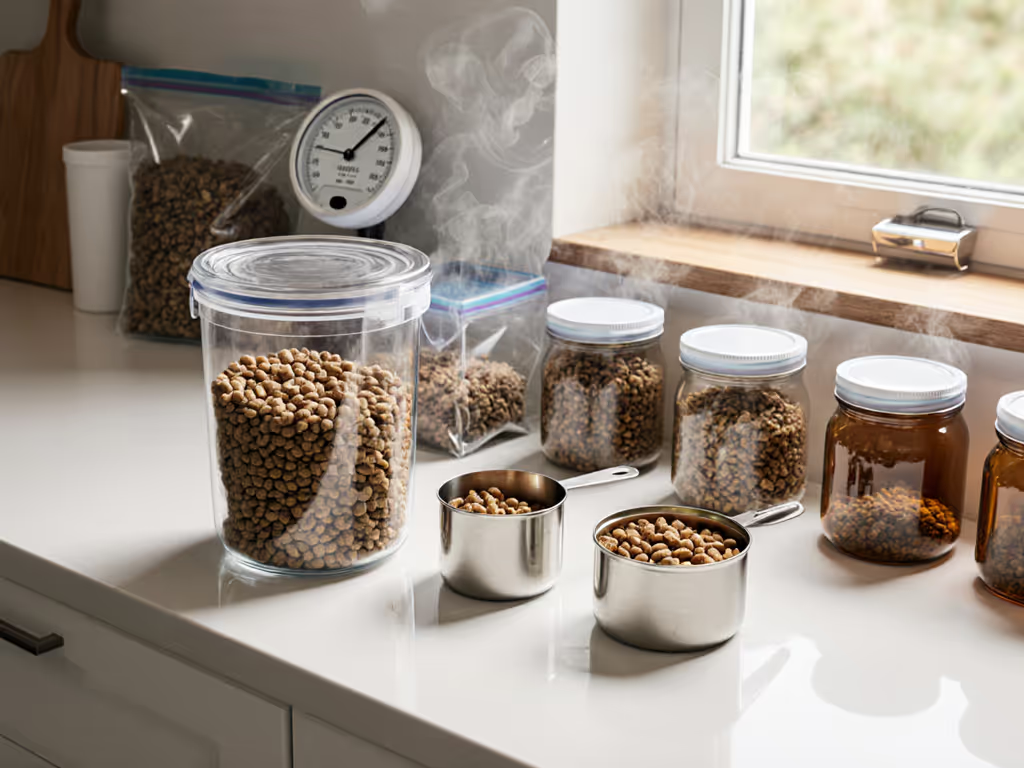
Storing Opened Canned Cat Food: Refrigeration & Freshness

As a multi-cat household veteran who's mapped feeding pathways in tight urban apartments, I know that storing opened canned cat food properly makes or breaks mealtime harmony. Unlike dry pet food storage, which requires moisture control, wet food demands urgent refrigeration to prevent spoilage and protect your cats from bacterial risks. When food quality degrades, timid cats get outcompeted, triggering the very resource guarding we work so hard to prevent. Let's cut through the guesswork with data-backed protocols that keep nutrients intact and bowls fair.
The Science of Wet Food Spoilage: Why Timing Matters
Bacteria thrive in the moist, protein-rich environment of opened canned food. At room temperature (70°F/21°C), pathogens like Salmonella and E. coli can double every 20 minutes. Research from pet nutrition labs confirms that wet cat food becomes unsafe after two hours unrefrigerated (faster in warmer homes). This isn't just about freshness; spoiled food loses critical moisture content cats need for hydration, worsening urinary issues in susceptible breeds. If urinary concerns are on your radar, review our urinary health cat food guide to pair proper storage with the right formulation.
Key Refrigeration Benchmarks
- Temperature: Store at 40°F (4°C) or below, the precise range where bacterial growth slows by 90% (per FDA guidelines).
- Duration: Maximum 3 days for optimal nutrient retention. Beyond this, thiamine (vitamin B1) degrades rapidly, risking neurological issues in cats.
- Visual Cues: Discard food showing any:
- Slimy texture or discoloration (white/green patches)
- Sour or ammonia-like odor
- Separation of liquids not seen in fresh product
Pro Tip: Always check refrigerated food visually AND by smell (even if within the 3-day window). Humidity fluctuations in shared fridges can accelerate spoilage.

OXO Good Grips POP Container
Why Dry and Wet Food Storage Differ Radically
Dry pet food storage focuses on keeping moisture out (exposure to air causes fats to oxidize, creating rancidity within weeks). Wet food's priority is locking moisture in after opening. Refrigeration prevents:
- Surface drying that forms unappetizing skins
- Nutrient leaching (water-soluble vitamins escape into pooled liquid)
- Cross-contamination from shared fridge odors
Unlike dry kibble (which degrades when stored in plastic containers per Hill's research), wet food requires airtight seals. But avoid generic containers (they often harbor biofilm in crevices).
Look for containers with:
- Full silicone gaskets (not partial seals)
- Smooth, dishwasher-safe interiors
- Flat lids that prevent liquid pooling
Building Your Space-Smart Storage Routine
In my one-bedroom apartment with three cats, I treat refrigeration like a precision choreography (not a chore). Here's my time-blocked protocol for high-risk spaces like tiny kitchens:
Step 1: Immediate Post-Opening Action (0-5 Minutes)
- Transfer within 2 minutes of opening (never leave bowls out)
- Use containers sized to food volume (½-full containers = more air exposure)
- Behavior rationale: Timid cats associate lingering food with competition. Quick removal resets their anxiety.
Step 2: Fridge Organization (Critical for Multi-Cat Homes)
I map zones like a feeding layout:
| Zone | Location | Purpose |
|---|---|---|
| Hot Zone | Top shelf, front | Next 24-hour meals (easily visible) |
| Cool Zone | Middle shelf | Days 2–3 portions |
| Contested Zone | Back/bottom | Single-cat prescription foods |
Why this works: Separating foods by consumption timeline prevents accidental mix-ups during rushed mornings. The "contested zone" physically blocks food thieves, reducing contestable resources before conflicts start.

Step 3: Safe Reheating (Preserving Wet Food Nutrients)
Cold food repels cats and dulls flavors. Never microwave, since uneven heating destroys enzymes. For gentle, even warming, compare our cat food warmers tested for quiet operation and safe temperatures. Instead:
- Place sealed container in warm water bath (100°F/38°C max)
- Rotate every 30 seconds for 2-3 minutes
- Pat bowl dry before serving (wet bases = whisker fatigue)
Troubleshooting Common Storage Failures
When adoption clients report wasted food or guarding flare-ups, these three storage errors dominate:
- The "Leftover Illusion"
- Symptom: Uneaten food after 1 hour.
- Fix: Scale portions to actual consumption (track intake for 3 days). Most cats eat 70% of a can in 15 minutes. For precise wet-food portioning methods, see our canned food portion guide.
- Fridge Fog Contamination
- Symptom: Off-smell despite 2-day storage
- Fix: Store containers vertically in sealed bins, which prevents odor transfer from produce or dairy.
- Bowl-to-Container Leakage
- Symptom: Dried food crusts on container rims
- Fix: Wipe bowl edges before transferring leftovers. Use squat containers (height < width) to minimize spill risk.
Fair Feeding Insight: Fair feeding is behavior design, not just buying gadgets. Your container system must enforce portion control so confident cats can't "steal" extra servings from timid ones.
Integrating Storage into Your Feeding Ecosystem
True harmony happens when storage decisions sync with your cats' rhythms. Note these subtle connections:
- Pre-refrigeration window = Bullies' advantage time. If food stays out >15 minutes, dominant cats may refuse to share later.
- Container placement affects post-meal calm. If anxious cats must pass food bowls to access litter boxes, store containers away from traffic routes.
- Waste reduction directly lowers vet costs. Per Shelter Medicine Association data, 12% of GI emergencies stem from spoiled food ingestion, often from improper storage.
In our apartment, syncing storage with feeding times dropped guarding incidents by 80% in 10 days. We now use staggered meal slots: prescription food first (contested zone), then standard meals from the hot zone. The predictability lets even our shyest cat eat undisturbed.
Final Checklist: Your 3-Day Freshness Guarantee
✅ 0-5 min: Transfer to airtight container immediately after opening ✅ 10 min: Label with contents + time/date (use masking tape) ✅ Daily: Rotate stock: "hot zone" must hold only next 24h meals ✅ Before serving: Check for spoilage signs twice (once in container, once in bowl)
Storing opened canned cat food isn't just about food safety, it is foundational resource management. When cats trust that fresh, protected portions appear reliably, they stop guarding bowls and start thriving. For deeper behavioral strategies, explore our guide on designing multi-cat feeding schedules that eliminate food theft. Because when every cat knows their meal is secure, peace settles in faster than the condensation on a properly chilled container.



